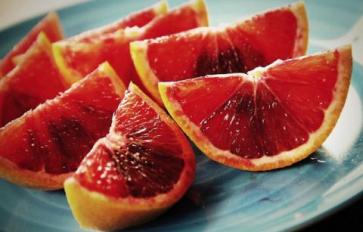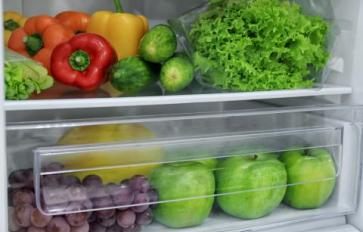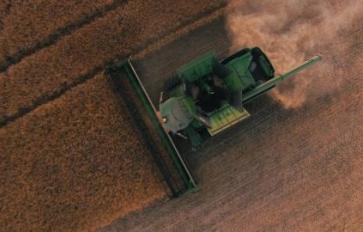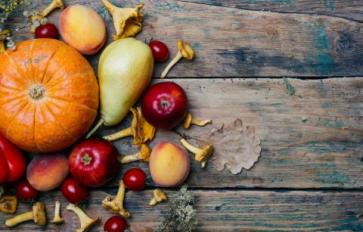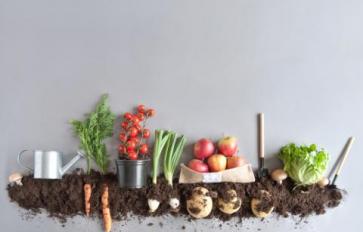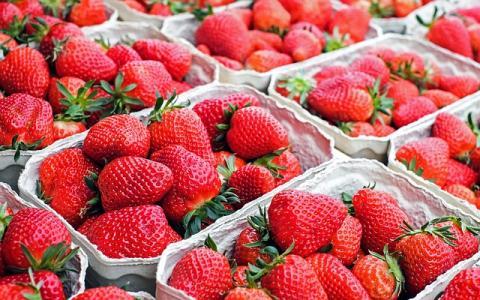
You probably don’t need another recap on the benefits of buying organic. Whether it’s for increased nutrient value or more sustainable farming practices, choosing organic over conventional can reap a lot of benefits for your body and the planet.
Even though it makes complete sense that those upsides might cost a little extra, it’s totally understandable to get some sticker shock at the produce aisle. You want how much of my paycheck for organic raspberries?
That’s why the Environmental Working Group (EWG) established its Shopper’s Guide to Pesticides in Produce in 2004. The non-profit, non-partisan organization uses results from thousands of produce samples tested by the USDA and FDA to show consumers the pesticide contamination of 48 fruits and vegetables.
To make it simple, the EWG publishes the Dirty Dozen and the Clean Fifteen: the twelve most (and fifteen least) pesticide-ridden fruits and vegetables on the market. To make the most out of your organic dollars, you should always choose organic for those mentioned on the Dirty Dozen. If you’re strapped on cash, it’s less risky to choose conventional for those on the Clean Fifteen.
Sometimes, the items on the Dirty Dozen aren’t necessarily the ones with the most or worst pesticides, but they have softer skins or peels that allow toxins to seep into the parts that we eat. Likewise, the Clean Fifteen may face some tough sprays on the field, but thick skins (like grapefruits and melons) are discarded before eating.
So, what’s the biggest offender on the list? Strawberries. (Sad face.)

Sweet, succulent, mouth-watering strawberries managed to knock apples from the number-one spot they claimed for years. Unfortunately, these juicy red fruits suffer from the most significant crossover of dangerous pesticides, toxic farming practices, and soft, porous skins, making them an organic-only must for your grocery list.
Almost all strawberry growers use some combination of 60 pesticides, including carbendazim, a hormone-disrupting fungicide that’s banned in the EU, and bifenthrin, a possible human carcinogen. Even more damaging, many farms fumigate the soil with chemical-warfare-inspired gases before planting.
Of course, food is an incredibly complex topic, so it’s valuable to look beyond the strawberries themselves. What about the farmers? Unfortunately, strawberry pickers endure incredibly tough work. From long hours stooped over to reach these ground-hugging plants, to intense sun exposure (many of our berries are grown in California and Mexico), to breathing in the aforementioned pesticides, it’s an issue of human rights.
That doesn’t mean that strawberries don’t belong in your cart. Next time you’re at the farmer’s market or the grocery store, think twice before picking the cheapest option—it has its own costs.


